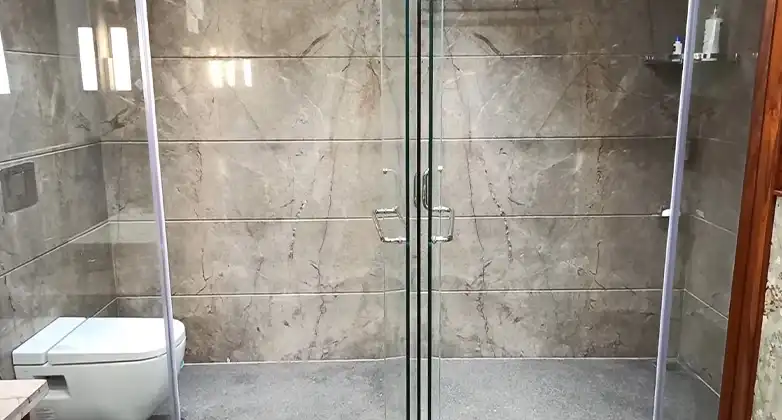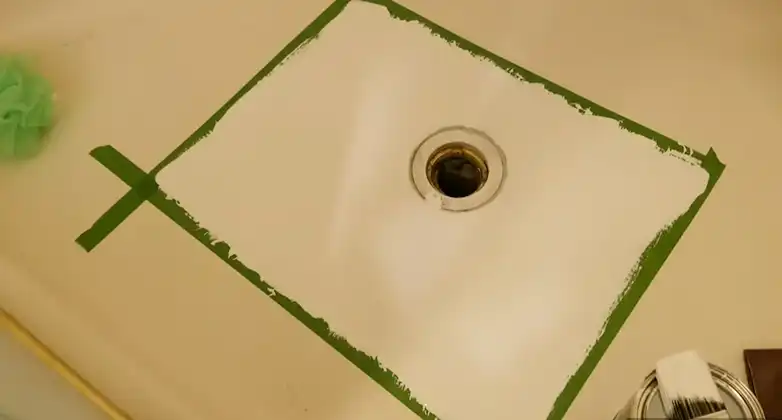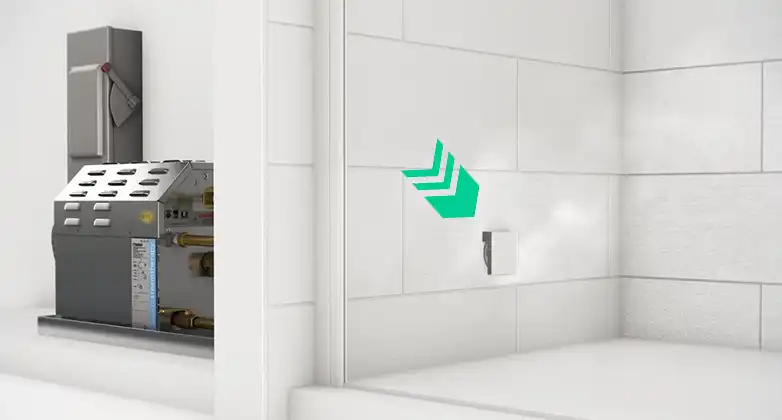Have you ever considered the safety of your bathroom lights in the event of an electrical short? Surprisingly, GFCI (ground fault circuit interruption) protection is not typically required for light fixtures, unless they are located above the shower area. As someone who values safety, this raised concerns for me, and perhaps for you too.
The good news is that there is a solution. By installing GFCI protection on your bathroom lights, you can ensure they are safeguarded against electrical shocks and potential fires. In this article, we will explore the importance of GFCI protection in bathrooms and discuss how you can make your bathroom lights safer. Keep reading to learn more!

What’s GFCI and Why it’s Important?
GFCI stands for ground fault circuit interrupter, and it serves as a smart safety device that continuously monitors the flow of electricity. Its main function is to detect any imbalances in the electrical current, particularly in areas where water may be present, such as bathrooms, kitchens, or outdoor spaces.
The beauty of GFCI outlets lies in their ability to swiftly respond to electrical abnormalities. If a ground fault or leakage is detected, the GFCI outlet immediately cuts off the power supply to prevent electrical shocks or potential fires. This rapid action can make a life-saving difference in critical situations.
The importance of GFCI outlets cannot be overstated, especially in areas where water and electricity are in close proximity. Whether it’s a hairdryer near a sink or an outdoor power tool exposed to rain, GFCI outlets provide an additional layer of protection against electrical accidents.
Are GFCI Outlets Mandatory for All Bathroom Outlets?
All outlets in a bathroom need to be GFCI protected. This is a crucial safety requirement to prevent electrical shocks and potential accidents. GFCI outlets are specifically designed for areas where water is present, such as bathrooms, as they quickly detect ground faults and cut off the power supply. By having all outlets in the bathroom equipped with GFCI protection, you ensure comprehensive safety for yourself and others. It’s important to prioritize electrical safety and comply with the necessary regulations to create a secure environment in your bathroom.
Bathroom lights require GFCI protection to ensure electrical safety. The presence of moisture and proximity to water sources in bathrooms increases the risk of electrical shocks. GFCI protection instantly detects any imbalances in electrical current caused by a ground fault and shuts off the power to prevent potential hazards. By having GFCI protection for bathroom lights, you create a safer environment and reduce the risk of electrical accidents.
How Do You Know If Your Bathroom Lights Are GFCI Protected?
For proper electrical safety in the bathroom, it is crucial to use light fixtures with specific ratings. Look for light fixtures that are labeled as “Suitable for Wet Locations” or “Wet Rated.” These fixtures are designed to withstand exposure to moisture and are constructed with materials that provide adequate insulation. Using light fixtures with the appropriate rating ensures they can safely operate in the bathroom environment, reducing the risk of electrical hazards.
How to GFCI Protect Your Bathroom Lights Manually?
To GFCI protect your bathroom lights, you have a few options. The first option is to connect the lights to a GFCI-protected circuit or outlet. By installing a GFCI outlet or breaker in the electrical circuit that powers the lights, you can ensure GFCI protection for the entire circuit. Another option is to use GFCI-protected light fixtures. These fixtures have built-in GFCI protection, eliminating the need for additional wiring modifications. Ensure that any electrical work is carried out by a licensed electrician to ensure proper installation and compliance with electrical codes.
Alternatives to GFCI Protection
While GFCI protection is the most effective way to protect against electric shock in the bathroom, there are alternative measures you can take to enhance safety. One option is to use Grounded Electrical Outlets (3-prong outlets) instead of ungrounded outlets (2-prong outlets) to reduce the risk of electrical faults. Additionally, installing a bathroom-specific Arc Fault Circuit Interrupter (AFCI) can provide an extra layer of protection by detecting and shutting off power in the event of arc faults. However, it’s important to note that these alternatives should not be considered substitutes for GFCI protection but rather additional safety measures.
FAQs (Frequently Asked Questions and Answers)
Can bathroom lights and GFCI be on the same circuit?
Yes, bathroom lights and GFCI outlets can be on the same circuit. However, it is important to ensure that the circuit is properly wired and meets electrical code requirements.
Do bathroom lights need to be waterproof?
Bathroom lights installed in wet locations, such as above showers or near bathtubs, should have a suitable waterproof rating to ensure safety. It is recommended to use light fixtures specifically designed for damp or wet environments.
Where are GFCI outlets required in a bathroom?
GFCI outlets are required in specific locations within a bathroom for enhanced electrical safety. They are typically required near water sources, such as next to sinks and within six feet of bathtubs or showers. It is important to consult local electrical codes for precise requirements in your area.
Conclusion
In conclusion, prioritizing electrical safety in bathrooms is crucial. While not mandatory, it is highly recommended to install GFCI protection for all bathroom outlets, including lights near water sources, to minimize the risk of electrical shocks. Additionally, ensuring that bathroom lights have the appropriate waterproof rating adds an extra layer of safety. By adhering to electrical codes, consulting professionals, and implementing GFCI protection, you can create a safer environment in your bathroom. Remember, electrical safety should never be overlooked, and taking these precautions will help protect you and your loved ones from potential electrical hazards.




